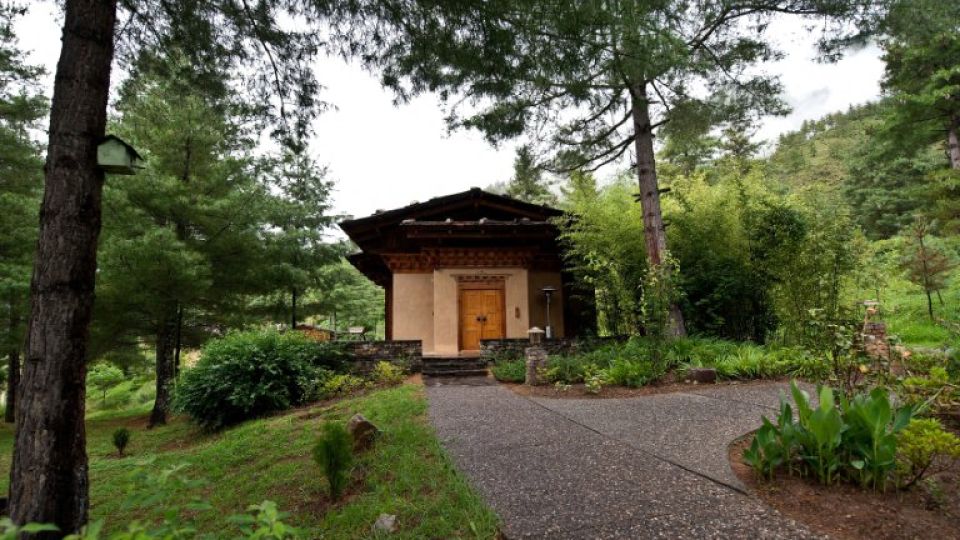September 15, 2025
THIMPHU – At a three-star hotel in Thimphu, the front desk staff waits for guests who never arrive. Rooms that once catered to high-end tourists are now sold as low as Nu 2,500 a night for two people, breakfast and dinner included – a pricing aimed less at profit than survival.
That’s the harsh reality a majority of certified star-rated hotels in the country are currently dealing with.
The sharp rise in the number of hotels against slow growth of tourist arrivals have led to a demand and supply mismatch. In 2019, there were 160 certified hotels in the country, which has more than doubled to 397 today, mostly concentrated in Thimphu, Paro, and Punakha.
Three-star hotels account for the largest share with 202 establishments, followed by 92 one-star and 60 two-star hotels. The country also has 23 four-star hotels, 20 five-star hotels, and 176 certified homestays.
Currently, there are more rooms in supply that require many more visitors than the country currently receives. Occupancy in some three-star hotels has dropped to single digits, forcing operators to undercut rates.
Between January and August this year, 115,536 tourists visited the country, according to the monthly bulletin of the Department of Tourism (DoT). In August, 10,010 tourists visited Bhutan, of which 6,307 were Indian nationals and 3,703 were international travellers. Despite this, the average occupancy rate across the industry was a mere 20.8 percent.
Tourist arrivals have also not recovered to pre-pandemic levels. In 2019, Bhutan received 315,599 visitors, which dropped to 145,065 in 2022 and further down 103,066 in 2023.
The majority of tourists are from India. The average length of stay is four days for Indian tourists and five days for international tourists.
Three-star hotels, which largely cater to Indian tourists, are among the hardest hit. Some Indian visitors opt for high-end hotels, homestays, or even Airbnb rentals, though the latter are technically not permitted, leaving mid-tier hotels struggling to fill beds.
“Some hotels were left with zero occupancy for more than six months,” said one three-star hotel owner. “Even for this peak tourist season, which has already started, many hotels have not received a single booking.”
To break even, hoteliers estimate they need at least 50 percent occupancy to cover loans and employee salaries.
With 8,625 rooms available nationwide, the August arrival of 10,010 tourists translates to roughly one guest per hotel per month. Achieving the break-even point would require roughly 6,000 tourists daily or 180,000 a month, far beyond current arrivals.
The problem, hoteliers say, is not only falling arrivals but also oversupply of hotels. Even in 2019, when arrivals peaked at over 315,000, the country would have needed more than twice that number to fill all available beds. Today, with fewer arrivals and more hotels, the gap has widened further.
The government aims to bring in 250,000 tourists this year.
The mismatch between supply and demand has roots in past policies. Between 2010 and 2015, the government encouraged hotel development with fiscal incentives, including tax exemptions on imported furniture, a 10-year tax holiday for new hotels, and a five-year holiday for existing hotels that upgraded and obtained DoT ratings.
While the Royal Monetary Authority imposed a temporary moratorium on new housing and hotel construction loans in June 2023, the sector continues to grapple with oversupply.
A DoT official acknowledged that the low occupancy is due to the growing number of hotels, particularly in the western region.
“If we increase tourist numbers, occupancy rates can increase. However, there is oversupply in the western region, while other areas face accommodation shortages,” the official said. “This presents challenges for tourists who wish to spend the nights outside the west.”
The DoT official said the department continues to raise awareness on hotel oversupply and work with relevant agencies to ensure a sustainable number of establishments.
The department also mentioned the positive trends, a 51.8 percent increase in tourist arrivals in 2024 and an 18.6 percent increase in the first six months of 2025 compared to the same period last year.
To support the industry, the DoT will provide fiscal incentives and other measures. It has also introduced the mandatory Tourist Registration System (TRS), which will provide more accurate data on hotel occupancy.
However, hoteliers argue that many establishments may not use the system sincerely. “To have accurate data, tourists should show confirmed hotel bookings while entering through the gate,” one hotelier said.
Others suggest extending the TRS to transport service providers and guides as well.
The DoT is also working to certify transporters wishing to cater to tourists to enhance professionalism and service quality.
But hoteliers argue that policy gaps persist. With visa applications made more flexible, many tour operators are reportedly asking tourists to apply for visas themselves and bring cash to pay for hotels and services. This, they claim, is leading to tax evasion and reducing foreign reserves inflows to the government, with revenue limited to the Sustainable Development Fee.
There are also concerns about fronting, with overseas travel agents and tour operators dictating hotel prices. As a result, many three-star hotels are forced to under-sell, often at the cost of service quality.
A DoT official said the department conducts extensive monitoring of hotels to ensure standards are maintained. Recently, 19 three-star hotels were delisted for failing to meet the required criteria.


